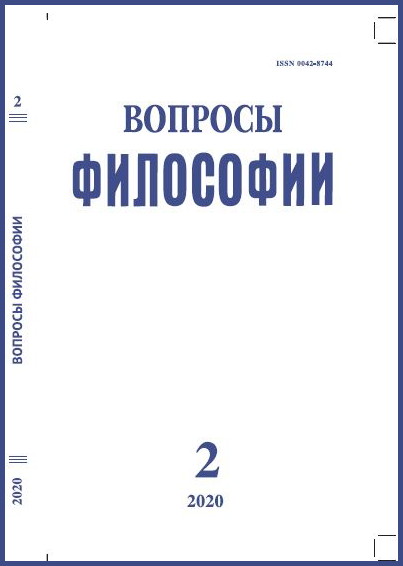Illusory Omens: a Catholic View on the Problem of Semiotics of Monsters in the Late Renaissance Medicine
DOI:
https://doi.org/10.21146/0042-8744-2020-2-158-176Keywords:
history of medicine, teratology, aristotelian philosophy, monsters, omens, catholicism, protestantism, fortunio liceti, jean riolan the younger.Abstract
The aim of the article is to explain a difference between the catholic and protestant medical communities of the 16th – first half of 17th cс. concerning a question: Could monsters be omens in which God would reveal his will to people? The essence of the idea of monster as a divine sign is specified in order to shed light on nuances of its refusal by catholic savants’ as well as of its approval by the protestant ones. The lines of argument developed by Catholics to refute that idea are retraced. As follows from their reasoning, monstrosity is not a sign, but a symptom having purely physiological and social (Liceti) causation. Otherwise it is impossible to understand: a) communicative aimlessness of monsters born in unpopulated and ‘irreligious’ areas; b) outer discordance between the subject and content of monstrous message, on the one part, and its form, on the other; c) seeming amorality of God who exploits the bearing of the gravest sins of people as means of communication with them. The final consideration is given to ways in which a set of large-scale factors: characters of intellectual paradigms, ontological transformations, idiosyncrasies of theological attitudes etc., determined divergence of monstrosity interpretations in those confessional and academic circles. In particular, it gets clear that the anti-semiotic position of the catholic physicians was determined by epistemic primacy of Aristotelianism, striving for reduction of a scale and cultural influence of the preternatural sphere in favor of the natural and, partly, supernatural domains of reality. The reinforcement of the soteriological mission of the Church in response to cultivation of the ‘special providence’ doctrine in a protestant milieu also contributed to their adopting of the anti-semiotic stance.

